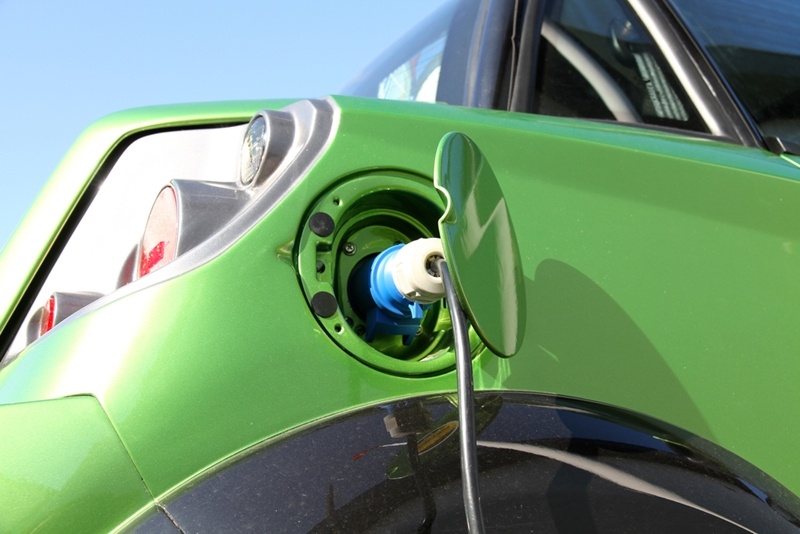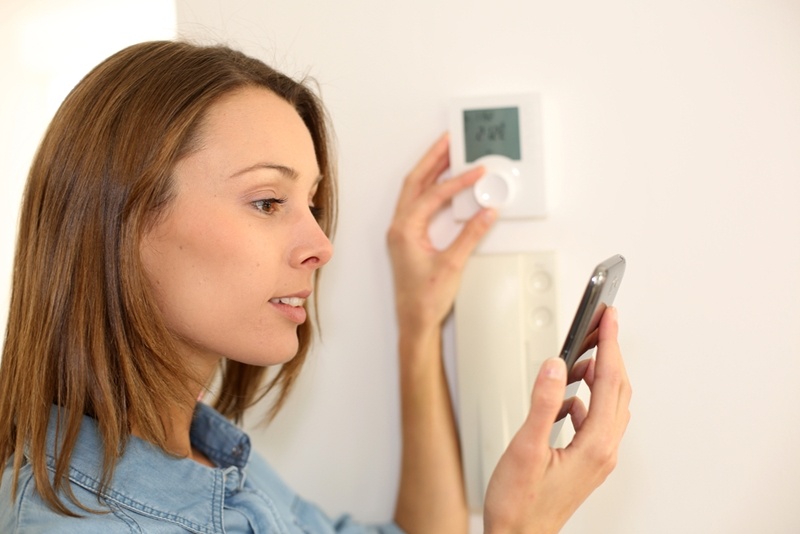Early research on EVs shows their potential impact on the grid
To talk about the impact that electric vehicles will have on the grid seems a bit like putting the cart before the horse: How can anyone discuss the topic when EVs comprise just a small fraction of the total number of automobiles on the road?
According to InsideEVs, the total number of EVs sold last year was about 120,000 - less than one percent of all vehicles sold. While this seems like a negligible amount, Navigant Research is projecting the total number of EVs to grow from nearly 296,000 in 2014 to more than 2.7 million in 2023 - a 400 percent increase over that time frame.
Study shows how utilities will prepare to deal with the proliferation of EVs
Even though EVs aren't yet a major part of the personal transportation mix, utilities are already starting to anticipate the changes the electrical grid will undergo as a result of a more widespread adoption of EVs in the consumer and commercial spaces. To get an idea of what they can expect from this trend going forward, the U.S. Department of Energy commissioned a study that evaluated EV usage at six utilities in various regions.
The results of the study showed that as the number of EVs increases, utilities will have to make upgrades to distribution infrastructure as well as capacity additions to accommodate large charging loads at peak times.
This finding comes from the look at consumer behavior that formed part of the study, which found that consumers who charged their vehicles at home - which was most of the people involved in the study - did so during off-peak hours. Public charging stations did not see much use, but when they did, it was during peak hours - something that grid operators will have to contend with as public stations grow in popularity.
 The market for EVs is slated for massive growth from now until 2023.
The market for EVs is slated for massive growth from now until 2023.The changing nature of the electrical grid
EVs should be seen as just one of many trends that, when taken together, form what is known as the "smart grid." And as these technologies expand their scope and functionality, the connections between them will become readily apparent.
"EVs should be seen as just one of many trends that, when taken together, form what is known as the 'smart grid.'"
The evolution of the smart grid has also included advanced metering technologies and demand response programs. All of the new EVs that enter the market will be a significant drain on the power generated and distributed through the grid, and these other technologies will have to adapt to accommodate them.
For example, in the DOE's experimental EV program, one utility made use of smart meters so charging stations could integrate with the real-time pricing the advanced meters offered. This feature made it so the station would automatically charge the car when it knew prices were lowest, while avoiding usage during peak hours.
The DOE report concluded that the reliability of communications and the real-time nature of pricing with the smart meter/EV combination would be necessary in having these technologies work together in conjunction with one another.
This content is property of ESCO Advisors and all reproductions must reference and link back to the ESCO Advisors website.
Share this
You May Also Like
These Related Stories

How the government and generators deal with clean energy adoption together


